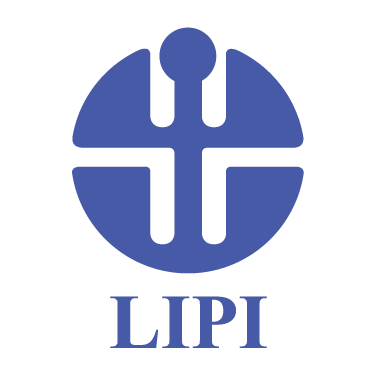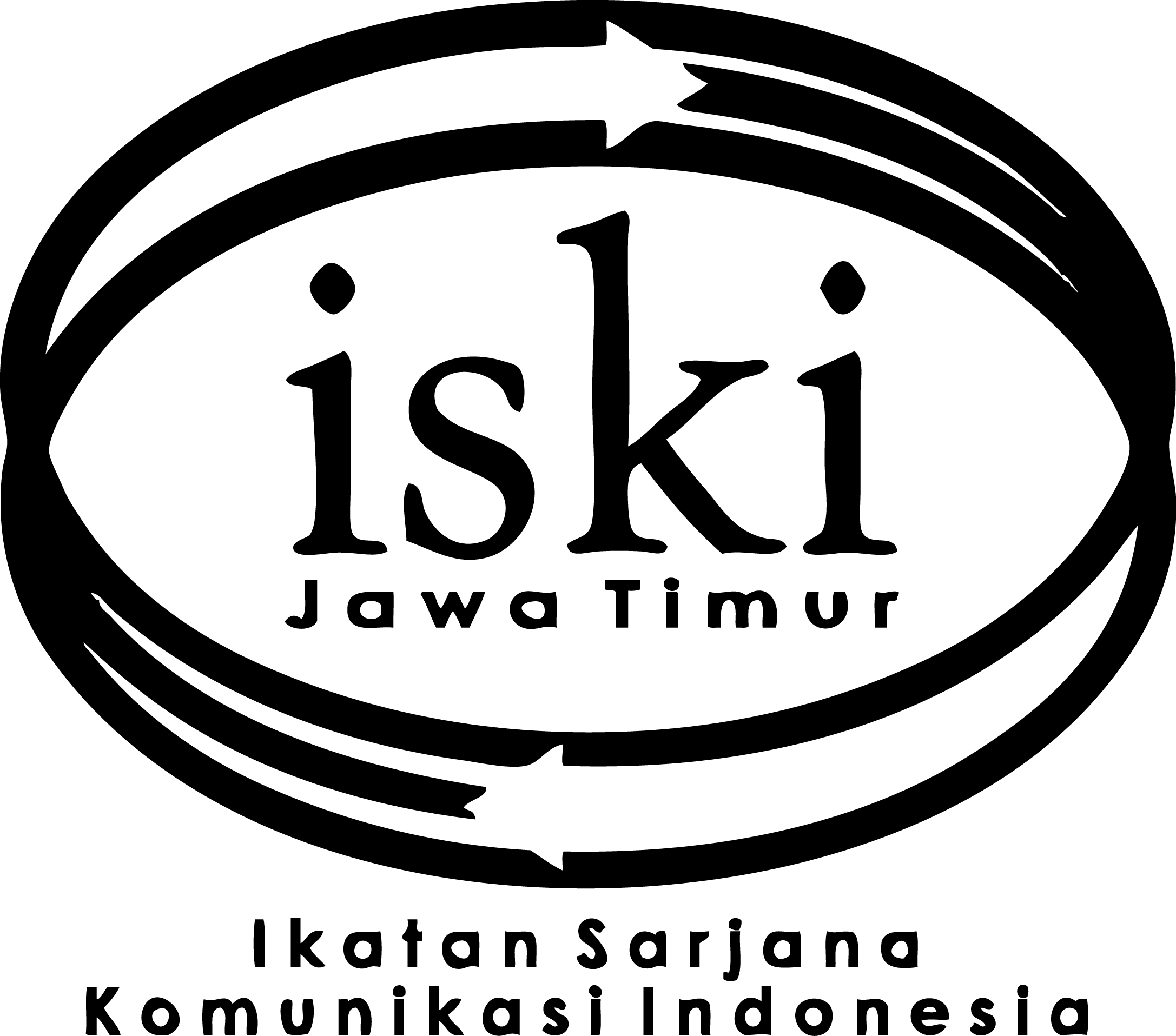Family Communication Towards Attitudes of Acceptance of Special Needs Child Care
DOI:
https://doi.org/10.37826/spektrum.v13i1.840Keywords:
Children with special needs, Family communication, Family Communication Patterns, Parenting patternsAbstract
Effective communication between family members and children with special needs can improve understanding, support, and quality of daily interactions. Through open and responsive communication, family members can help children with special needs feel supported and valued and help them achieve their quality of life. Parents of children with special needs are very involved in all their children's activities and provide them with care. This study aims to determine the relationship between family communication, attitudes, and acceptance of caring for children with special needs. This study was designed using descriptive causality with a quantitative approach and a positivistic paradigm. The location of the study was the Jabodetabek area. Primary data were obtained directly from selected respondents through structured interviews using questionnaires. The measurement of sample size was carried out using Structural Equation Model Analysis - Partial Least Structural (SEM-PLS)-SmartPLS version 3. The results showed that family interpersonal communication had a significant relationship with attitudes of acceptance of caring for children with special needs. In addition, family communication patterns also influenced attitudes of acceptance, although the effect was minor compared to direct interpersonal communication.
References
Al-Dababneh, K. A., Fayez, M., & Bataineh, O. (2012). Needs of parents caring for children with physical disabilities: A case study in Jordan. International Journal of Special Education, 27(3), 120–133.
Alhumaidi K A, Alotaibi E A, A. S. (2023). Parents’ Knowledge and Perception Toward Short Stature in Saudi Arabia. Cureus. https://doi.org/DOI 10.7759/cureus.51163
Astutik, J., Suprapto, B., Abidin, Z., & Haryanto, H. (2024). The Influence of Family Communication Patterns on the Independence of Children With Disabilities. EMPATI: Jurnal Ilmu Kesejahteraan Sosial, 13(1), 1–13. https://doi.org/10.15408/empati.v13i1.38915
Creswell, J. W. (2018). Research and Design Qualitative, Quantitative and Mixed Methods Approaches. In Thousand Oaks, California.
Elangkovan IT, S. S. (2020). Experiences and Needs of Parents Caring for Children with Cerebral Palsy: A Systematic Review. J Dev Behav Pediatr, 41(9), 730–739. https://doi.org/doi: 10.1097/DBP.0000000000000880.
Elizabeth Moran-Morbey, Chloe Blackwell, Tom Ryan, N. K. H. (2024). “I Would Not Change [My] Sibling for the World, Maybe the World Can Change for My Sibling”: The Experiences of Adult Siblings of People With Developmental Disabilities. Journal of Community & Applied Social Psychology. https://doi.org/https://doi.org/10.1002/casp.70015
Eloreidi, R. M. D., Kehyayan, V., Kalu, F., & Thornton, L. (2021). Needs of caregivers of children with cerebral palsy: A literature review. Journal of Nursing Education and Practice, 11(9), 23. https://doi.org/https://doi.org/10.5430/jnep.v11n9p23
Emily Auerbach, Hannah Perry, & S. M. C. (2017). Stress : Family Caregivers of Children With Disabilities. CSCH, 15–17.
Estojero, M. V. G. (2022). Involvement and Experiences of Parents Having Children with Special Needs. European Journal of Education and Pedagogy, 3(2), 1–3. https://doi.org/10.24018/ejedu.2022.3.2.278
Galvin, K. M., Braithwaite, D. O., Schrodt, P., & Bylund, C. L. (2018). Family communication: Cohesion and change, tenth Edition. According to Taylor and Francis. https://doi.org/https://doi.org/10.4324/9781315228846
Gatt, M. (2022). Improving Augmentative and Alternative Communication Use Between Mothers, Siblings, and Children with Communication Disabilities. Doctor of Philosophy (PhD) Thesis, University of Kent.
Jambekar, A., Padhyegurjar, M., Padhyegurjar, S., Joshi, S., & Shahri, P. (2018). Impact of having a child with special needs on the psychosocial well-being of the parents: A cross-sectional study. Journal of Mental Health and Human Behaviour, 23(2), 115. https://doi.org/10.4103/jmhhb.jmhhb_24_18
Jonathan, S. (2013). Statistik Multivariat Aplikasi untuk Riset Skripsi. Yogyakarta : Andi Offset. Indonesia. https://doi.org/ISBN/ISSN 978-979-29-3572-1.
Kołtuniuk, A., Rozensztrauch, A., Budzińska, P., & Rosińczuk, J. (2019). The quality of life of Polish children with cerebral palsy and the impact of the disease on the family functioning. Journal of Pediatric Nursing. https://doi.org/doi:10.1016/j.pedn.2019.05.011
LeBouef, S.; Dworkin, J. (2021). First-Generation College Students and Family Support: A Critical Review of Empirical Research Literature. Educ. Sci, 11, 294. https://doi.org/https://doi.org/10.3390/ educsci11060294
Lee, Y. J., Park, H. J., & Lee, S. Y. (2022). Learning to Live With Ambiguity: Rethinking Ambiguous Loss for Mothers of Children With Disabilities. SAGE Open, 12(2). https://doi.org/10.1177/21582440221095014
Makris T, Dorstyn D, C. A. (2021). Quality of life in children and adolescents with cerebral palsy: a systematic review with meta-analysis. Disabil Rehabil, 43(3), 299–308. https://doi.org/doi: 10.1080/09638288.2019.1623852
Mattson, G., & Kuo, D. Z. (2019). Psychosocial Factors in Children and Youth With Special Health Care Needs and Their Families. American Academy of Pediatrics, 143(1). https://doi.org/10.1542/peds.2018-3171
McFadd ED, H. K. (2020). Communication Modes and Functions in Children With Cerebral Palsy. J Speech Lang Hear Res, p. 22;63(6), 1776–1792. https://doi.org/10.1044/2020_JSLHR-19-00228
McHale, S., Updegraff, K., & Whiteman, S. (2012). Sibling Relationships and Influences in Childhood and Adolescence. J Marriage Fam, 74(5), 913–930. https://doi.org/10.1111/j.1741-3737.2012.01011.x.
Mikkelson AC, Floyd K, P. P. (2011). Differential solicitude of social support in different types of adult sibling relationships. J. Fam. Commun, 11(4), 220–236. https://doi.org/doi:10.1080/15267431.2011.554749
Pozo P, Sarria E, B. A. (2011). Psychological Adaptation in Parents of Children with Autism Spectrum Disorders. A Compr B Autism Spectr Disord. https://doi.org/doi:10.5772/18705
Richards CL, M. F. (2013). Cerebral palsy: definition, assessment and rehabilitation. Handb Clin Neurol. https://doi.org/10.1016/B978-0-444-52891-9.00018-X
Riquelme, I., Sabater-Gárriz, Á., & Montoya, P. (2021). Pain and Communication in Children with Cerebral Palsy: Influence on Parents’ Perception of Family Impact and Healthcare Satisfaction. Children, 8(2). https://doi.org/10.3390/children8020087
Sharief, F. (2014). Children with Special Needs: Care and Family Support. IOSR Journal of Humanities and Social Science, 19(10), 36–41. https://doi.org/10.9790/0837-191083641
Sidharta, V., Lubis, D. P., Sarwoprasodjo, S., & Seminar, K. B. (2024). Decision making in ambiguous situations : Determining recipients of cash social assistance in Indonesia. Multidisciplinary Science Journal. https://doi.org/https://doi.org/10.31893/multiscience.2025278
Situmeang, M. K. (2018). The Role of Communication Family Forum of Children with Disability for Families Who Have Children with Disability in the Aceh Besar Regency. In International Conference on Social and Political Issues (the 1st ICSPI, 2016) "Knowledgea Nd Social Transformation," KnE Social Sciences, 3(10), 455. https://doi.org/10.18502/kss.v3i10.2927
Stafford, L. (2021). Family Interaction During Middle Childhood. Edition3rd Edition. In The Routledge Handbook of Family Communication.
Thomas, P. A., Liu, H., & Umberson, D. (2017). Family Relationships and Well-Being. Innovation in Aging, 1(3), 1–11. https://doi.org/10.1093/geroni/igx025
William Heward, Sheila Alber-Morgan, M. K. (2019). Exceptional Children : An Introduction To Special Education, 11th Edition. Publisher: Pearson,
Zadhasan, Z. (2024). Communication Within Families: Understanding Patterns and Impacts on Mental Health. Journal of Psychosociological Research in Family and Culture, August. https://doi.org/DOI: https://doi.org/10.61838/kman.jprfc.1.2.2
Downloads
Published
How to Cite
Issue
Section
License
Copyright (c) 2025 Jurnal Spektrum Komunikasi

This work is licensed under a Creative Commons Attribution-NonCommercial-ShareAlike 4.0 International License.
























